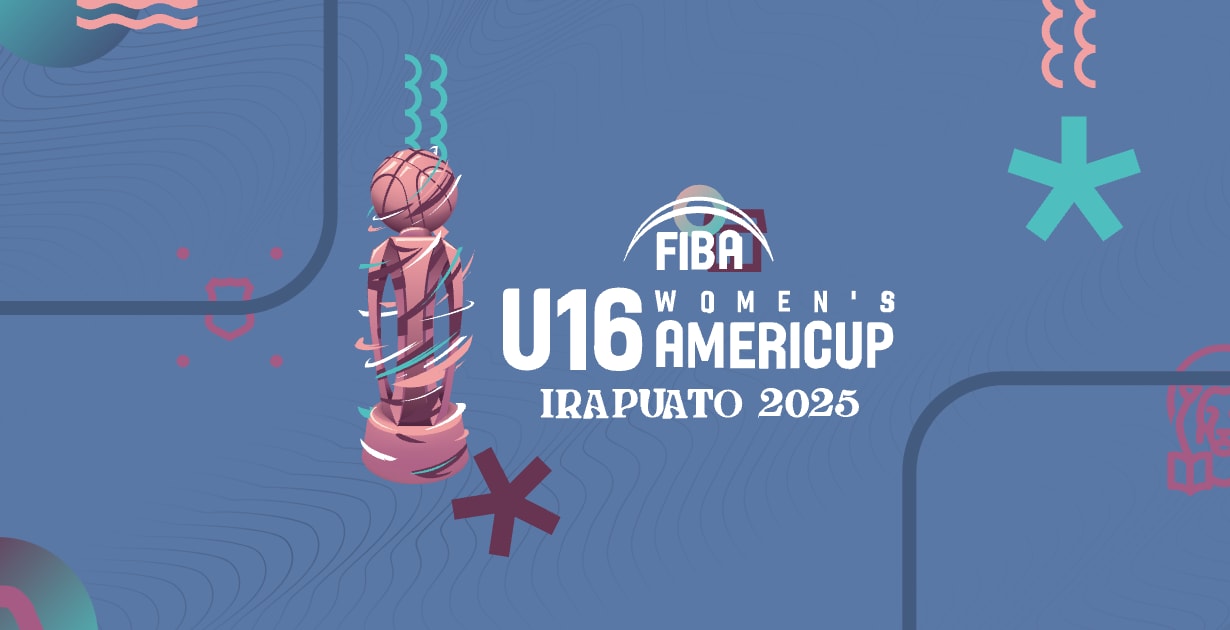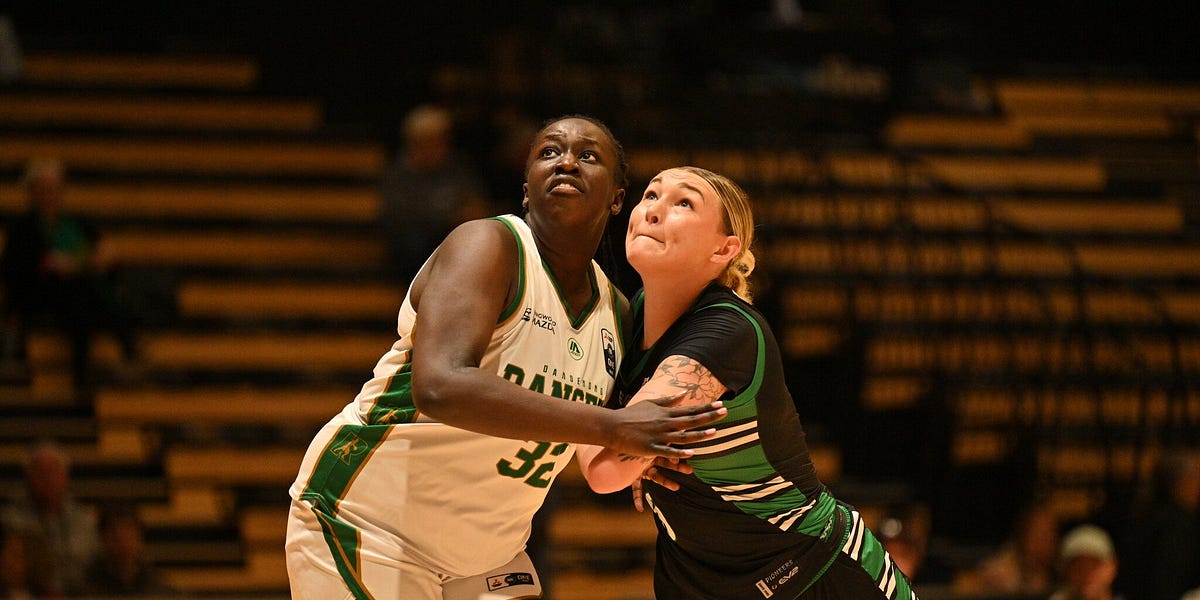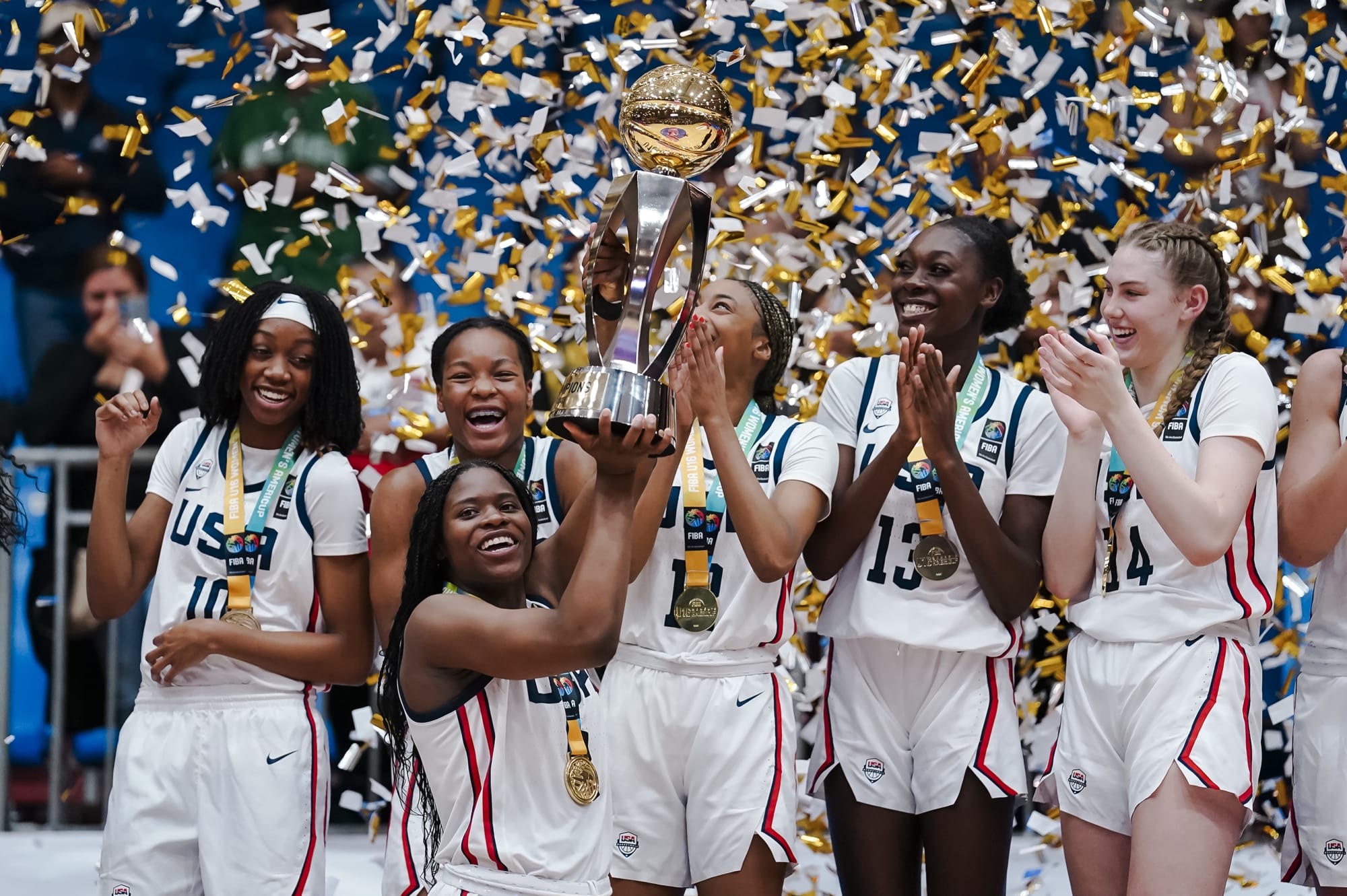SHENZHEN (China) - No rivalry in recent FIBA Women’s Asia Cup history has matched the pace, skill, and drama of China vs. Japan. They’ve played 38 times across all major competitions - the Asia Cup, Olympics, World Cup, and Olympic Qualifiers.
But in the past decade, their showdowns have taken on a new meaning: this is the rivalry that now defines women’s basketball in Asia.
They’ve met in four of the last five Asia Cup Finals - 2015, 2019, 2021, and 2023 - and even when they didn’t play for title, they still clashed in high-stakes games like the 2017 Semi-Final. And every time, it's close. The 2023 Final? A two-point game. The 2019 and 2017 clashes? Decided by three. The 2021 title match? A five-point thriller.
Historically, China has the edge. They’ve won 28 of the 38 matchups all-time, including 25 of the 34 in the Asia Cup. But since 2013, Japan flipped the script. They beat China six straight times in the Asia Cup between 2013 and 2021, dominating the rivalry through their five consecutive title runs.
Then came the 2023 Final in Sydney.
It had been more than a decade since China last beat Japan in the Women’s Asia Cup. But when the lights were brightest, they rose to the occasion - edging Japan 73–71 in the Final to snap the streak and reclaim the continental crown.
Han Xu was unstoppable: 26 points on 12-of-17 shooting, including 2-of-2 from deep, plus 10 rebounds, 2 assists, and 5 steals. Li Meng chipped in with 17 points, 5 boards, and 6 assists. Wang Siyu added 17 points - including the clutch free throws that sealed the win.
It was the kind of game this rivalry has made routine — high intensity, fine margins, and stars on both sides delivering big-time performances.
This rivalry has never lacked for standout players.
In 2021, it was Saori Miyazaki stealing the show with 26 points and 11 assists in Japan’s 78–73 win. In 2019, Nako Motohashi dropped 24 and 8 to carry Japan to a 71–68 win, while Han Xu made her first Asia Cup Final appearance with 18 points and 7 boards.
Even the games that didn’t go to the wire — like Japan’s dominant 85–50 win in the 2015 Final — have been part of a larger, balanced arc. Earlier in that same tournament, China lost by just one point in the group stage (57–56).
Every generation has its defining rivalry. In the current era of Asian women’s basketball, this is it. China and Japan don’t just represent two elite programs — they push each other, sharpen each other, and raise the standard every time they share the court.
And with both teams expected to contend again in 2025, it’s not a matter of if they’ll meet — but when it matters most.
FIBA










